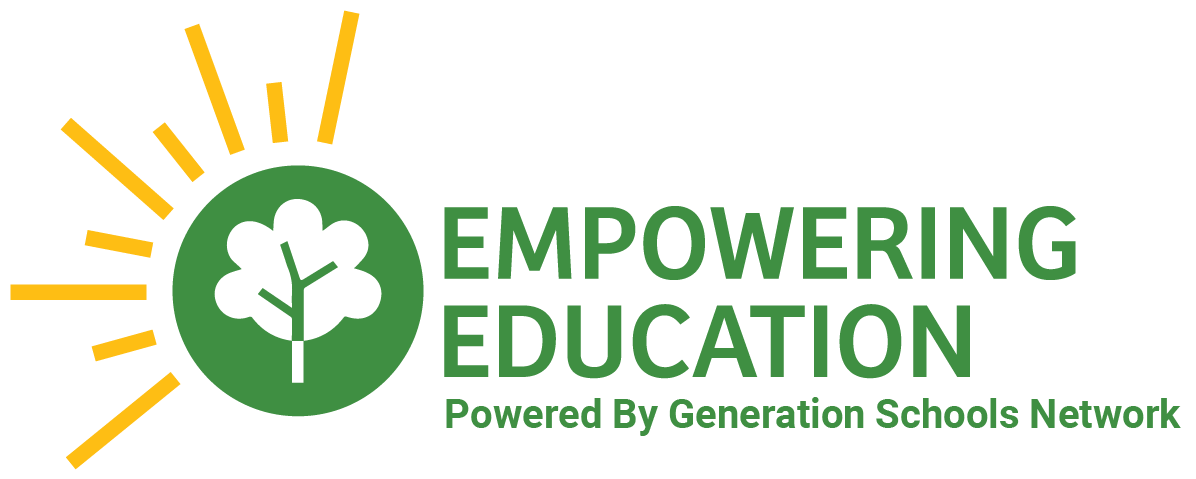Locked Content
Unlock this lesson plan by becoming a paid member. Existing members, please log in.
Students will learn the value and form of an effective apology.
By the end of the lessons, students will be able to:
- Identify the benefits of apologizing
- Identify when an apology is ill-timed, inauthentic, or incomplete
- Use suggested steps for making an effective apology
Children can struggle to apologize, especially if they’ve never been taught how to do it. This lesson teaches students five steps to apologize: 1) calm down and think; 2) say what you did and why it hurt the other person; 3) ask how you can fix things and say how you’ll do better next time; 4) say you hope they can forgive you; and
5) give the person time to feel better.
The Mindful Moment starts with a breathing technique in which students trace their hand while breathing in and out slowly. The lesson then starts with a discussion of why apologies are important. While students will likely recognize that they’re part of repairing harm done to someone, there are also benefits to the apologizer. After having students intuitively show effective and ineffective apologies, you’ll review the steps of apologizing. (Note, if your class or school has their own apology or restorative justice system, use that in place of the 5 steps we suggest.) If time, you’ll have students practice apologies for different scenarios and evaluate one another’s apologies. Students then end by reflecting in their journals on the apology steps.
This lesson centers on apologizing, something well-suited for practice at home.
Open a word document and share your screen so students can follow along as you take notes through the activity on the benefits of apologizing. After the apologizing steps have been taught, ask for a few students to volunteer to turn their cameras on and practice the steps with a classmate.
As the activity is discussion-based and encourages students to share their own ideas of what makes a good apology, pose the questions in the lesson plan about the benefits of an apology and what makes an effective apology. Have students pause the video and write down five things for each question,then unpause and continue the video. When they unpause, you will share out some of the big ideas from the lesson plan and ask students to add to their list or put a checkmark by any ideas they had that you also shared.
CASEL Competencies
Self-awareness: The abilities to understand one’s own emotions, thoughts, and values and how they influence behavior across contexts. This includes capacities to recognize one’s strengths and limitations with a well-grounded sense of confidence and purpose.
Relationship skills: The abilities to establish and maintain healthy and supportive relationships and to effectively navigate settings with diverse individuals and groups. This includes the capacities to communicate clearly, listen actively, cooperate, work collaboratively to problem solve and negotiate conflict constructively, navigate settings with differing social and cultural demands and opportunities, provide leadership, and seek or offer help when needed.


